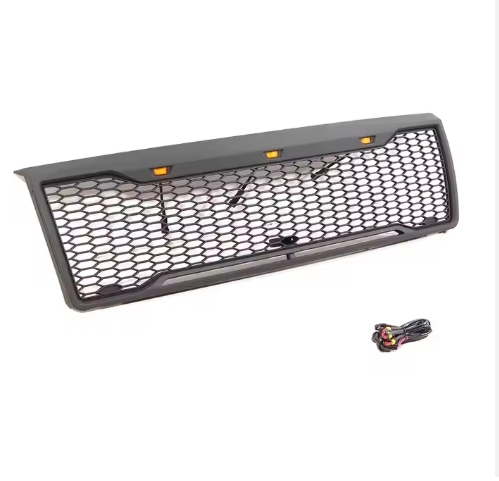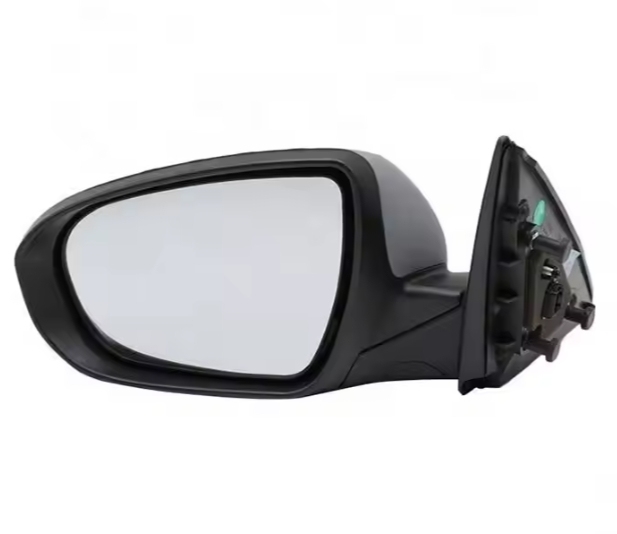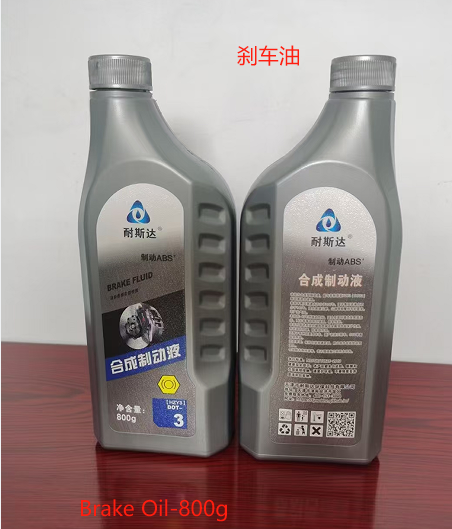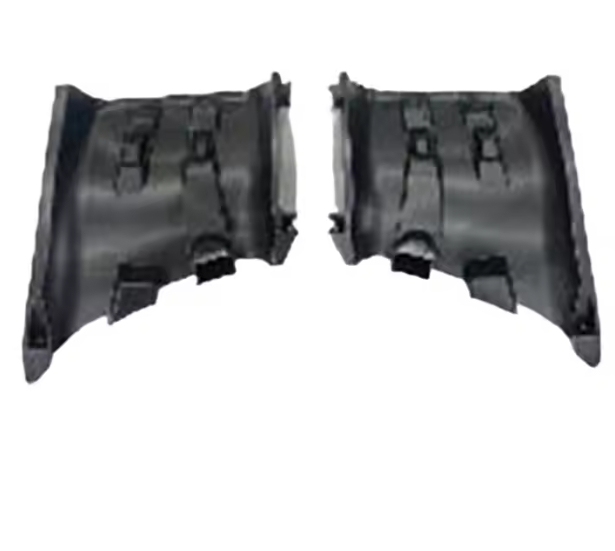Govt efforts helping bring more women into the workforce: Sundram Fasteners’ MD Arathi Krishna
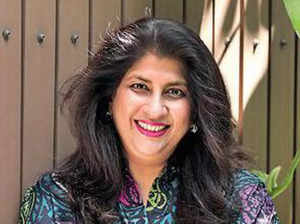
I’m optimistic about everything about India because I think we’re really poised for taking off at this point.
Arathi Krishna, managing director at Sundram Fasteners, says when she joined the automobile component maker, just 1% of its employees were female, but she has managed to increase the share of women in the workforce to 10% and will soon take it to 20%. Krishna, winner of the ET Businesswoman of the Year Award, 2022, tells Dia Rekhi
that women need more support from home in order to be able to thrive at work. Edited excerpts:
How have things changed since the time you started at Sundram Fasteners? Do you see more women on the shopfloor now?
It was a 99% men’s workplace, but they were very open and allowed me to enter and one of the things which I did was constantly ask questions, and had absolutely no ego at all for anyone and asked anything to learn. I worked in Madurai, I worked in Pondicherry, Iworked in Chennai. I worked in different functions, I learned by working on the shop floor. I do see a lot more women in manufacturing now, but my goal is to have 20% women as part of the total workforce. We started at zero, we have now come to around 10%. It has been hard to get it to 10%. It’s not that we don’t recruit them but there has been large attrition because sometimes the support for women is absent. Is it where I want to be? No. 50-50 would be great. It would be, according to me, both equality and equity. But we’re moving there slowly. It’s constantly on an uptick. I love what the Indian government has done insisting that women have to be in posts of directors on the board, because women want to see mentors and role models reaching the highest level in the company. And if you look around the world, nobody else is insisting on something like that. Things like that slowly are making the entire industry change. Banking and IT always had one step up, but I feel like manufacturing was lagging behind in promoting people into the highest levels. But slowly, that’s now starting to happen thanks to the Indian government. So, I feel more of these sorts of ideas and ventures will help the rest of us as well.
What are the biggest challenges that women have to encounter at the workplace?
There are no challenges for women at the workplace. Women have challenges at home. Women need more support at home, they need a spouse or partner who can be understanding and carry half the load. They need infrastructure, they need creches at work. They need help and some sort of support to help them make sure that they can do both because it’s very difficult having a family and going to work. A lot of women don’t have the luxury of having families that support them. The challenges are at home, the challenges are in society. If society could support the working woman, she will go places which no man can ever go to.
What made you take the plunge into the family business?
I admired my father very much for what he was doing, and how he was building this company. And I felt that Sundram Fasteners and manufacturing … I was really passionate about it. I worked some summers here. I did my master’s thesis on the welfare of Sundram Fasteners. All of these things excited me. Ifelt like it was a fantastic legacy and I would be very lucky to be able to take that forward.
How has the Sundram Fasteners supply chain evolved over time? How important is the export market for the company?
From the early 80s itself, we started exporting and export is almost 35%, inching towards 40%, of our top line. Export customers are all in the US or Europe, who are very demanding and are at the latest technology at this point of time. So we have to keep up with both quality and technical competence. Just like us, there are millions of other suppliers in India, who have all started exporting and growing. Plus, today, I think this China-plus-one strategy, I don’t like to call it that … maybe I should call it the ‘India shining’ strategy, is definitely helping us. So, a lot of OEMs are moving away from China. And we are the best resource because we have the ability to scale, we have the skilled labour, we have the ability to invest at this point of time as well. And the government has been very industry friendly. So, we have nowhere to go, but up.
What makes you so optimistic about electric vehicles in India?
I’m optimistic about everything about India because I think we’re really poised for taking off at this point. There’s enormous potential and huge headroom for growth. The penetration of vehicles is very low and if you see how India normally adapts to new technology, we jump ahead and we go 10x compared to everybody else. Also, people are starting to become clearly conscious about what is happening with the environment. Whether it’s EV or hydrogen, any clean energy or clean mobility will be embraced by India in a very fast fashion. Plus, as you know, it (automobile) is a 100-year-old industry, which is due for change. I’m not saying that ICE (internal combustion engine) will go away, but there’ll be a huge amount of capacity around the world as people start exiting. And it’s going to start becoming more and more expensive to buy these parts. And I think the Indian government will focus on making EVs more accessible, price wise as well. This will all definitely generate more excitement and buying towards the sector.
Recommended Suppliers
 April 1, 2024
April 1, 2024  March 27, 2024
March 27, 2024 
 March 27, 2024
March 27, 2024 
